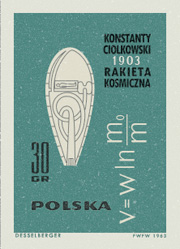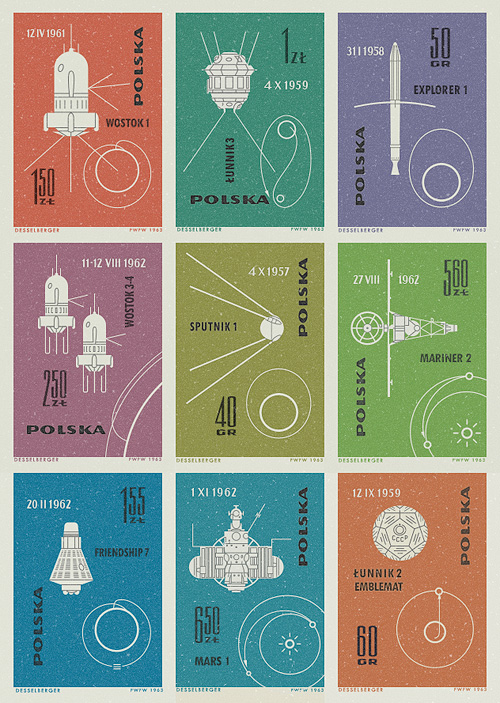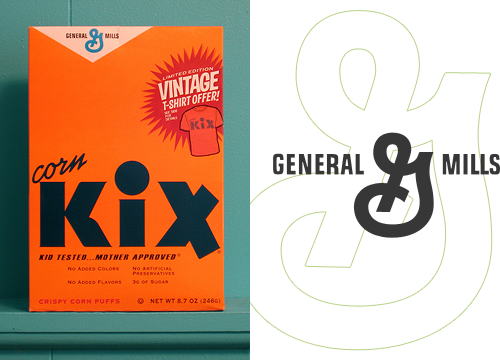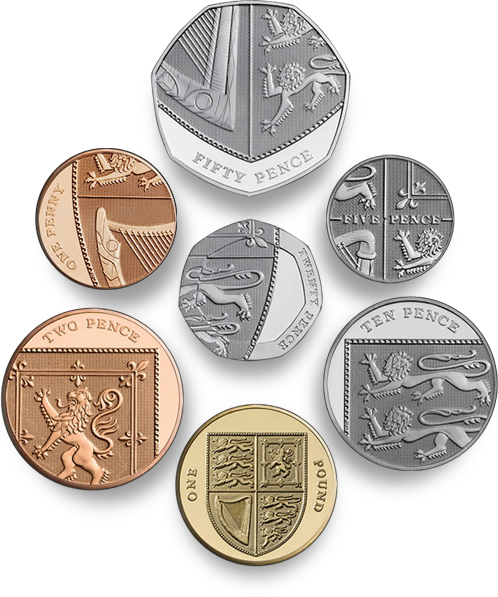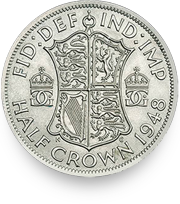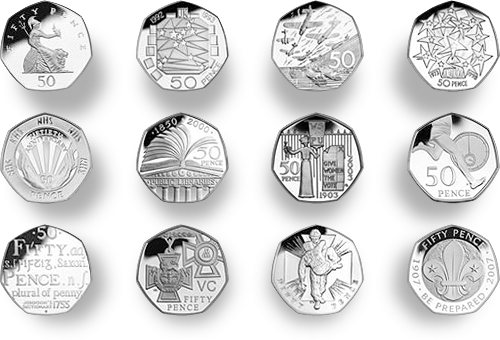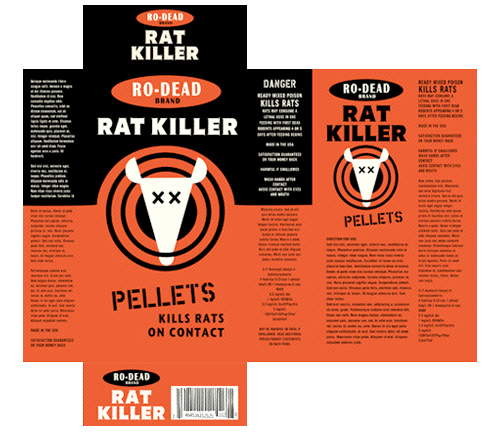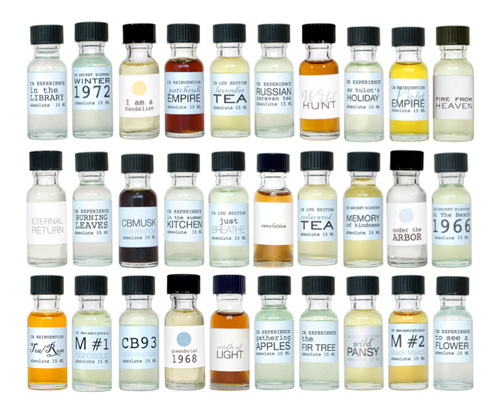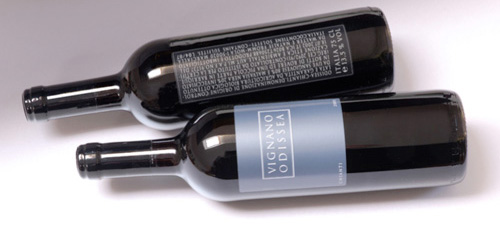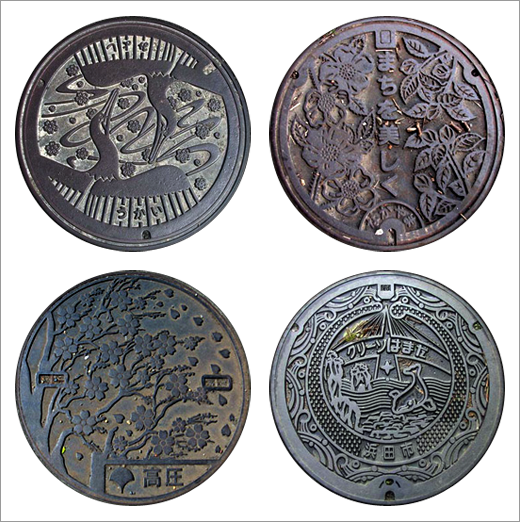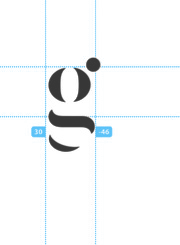
Yes, more stamps! This time courtesy of Richard at Ace Jet 170 who posted this article about a set of Israeli stamps he bought. They depict three environmental concerns, air pollution, water pollution and noise pollution, and were apparently designed by Eliezer Weishoff (thanks to Yotam for the info). The stamp itself shows the problem situation with an additional detachable design depicting (iconographically) the ideal; butterflies visit flowers, fish swim among seaweeds and ears hear birdsong. Yes, that is an ear - the least successful image of the three I think - though I do like the birds in the tear-off.
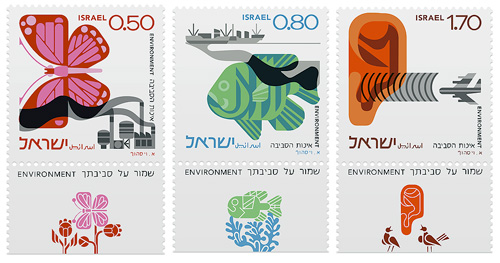
I was asked for prints of the Polish stamp designs and I’d certainly like to, but I need to research the copyright. I traced the designs for my own understanding, and I’d love it for more people to see these designs at large scale and up close, but I’m not going to violate anyone’s copyright - I am a designer after all! Of course, if anyone’s a copyright lawyer in the UK/EU and fancies offering some tips, I’d greatly appreciate it.

